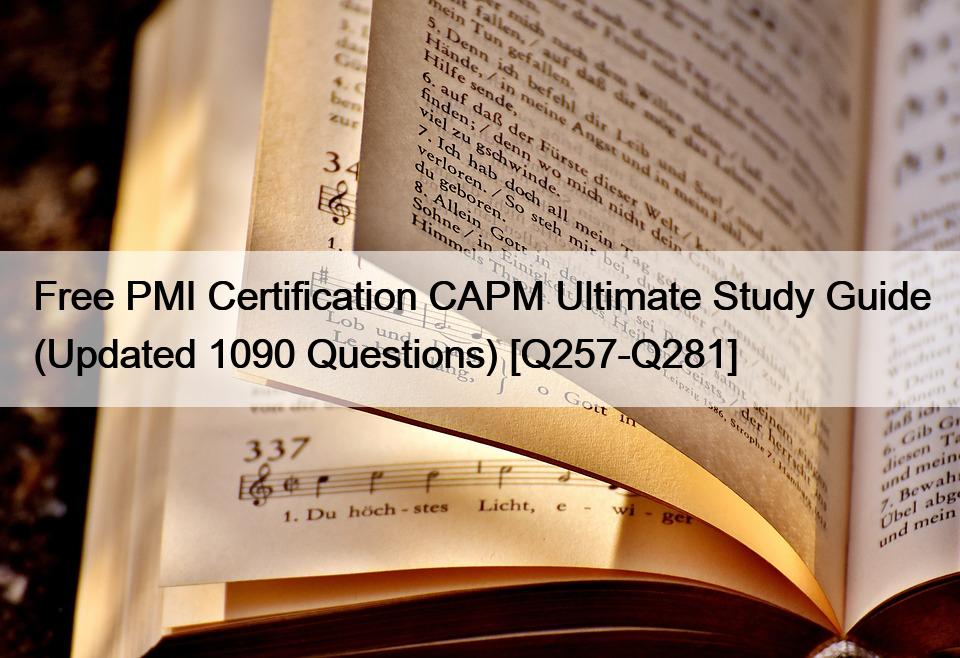NEW QUESTION 259
One of the tools and techniques of the Manage Project Team process is:
Explanation/Reference:
Explanation:
9.4.2.3 Conflict Management
Conflict is inevitable in a project environment. Sources of conflict include scarce resources, scheduling priorities, and personal work styles. Team ground rules, group norms, and solid project management practices, like communication planning and role definition, reduce the amount of conflict.
Successful conflict management results in greater productivity and positive working relationships. When managed properly, differences of opinion can lead to increased creativity and better decision making. If the differences become a negative factor, project team members are initially responsible for their resolution. If conflict escalates, the project manager should help facilitate a satisfactory resolution. Conflict should be addressed early and usually in private, using a direct, collaborative approach. If disruptive conflict continues, formal procedures may be used, including disciplinary actions.
The success of project managers in managing their project teams often depends a great deal on their ability to resolve conflict. Different project managers may utilize different conflict resolution methods.
Factors that influence conflict resolution methods include:
* Relative importance and intensity of the conflict,
* Time pressure for resolving the conflict,
* Position taken by persons involved, and
* Motivation to resolve conflict on a long-term or a short-term basis.
There are five general techniques for resolving conflict. As each one has its place and use, these are not given in any particular order:
Withdraw/Avoid. Retreating from an actual or potential conflict situation; postponing the issue to be

better prepared or to be resolved by others.
Smooth/Accommodate. Emphasizing areas of agreement rather than areas of difference; conceding

one’s position to the needs of others to maintain harmony and relationships.
Compromise/Reconcile. Searching for solutions that bring some degree of satisfaction to all parties in

order to temporarily or partially resolve the conflict.
Force/Direct. Pushing one’s viewpoint at the expense of others; offering only win-lose solutions, usually

enforced through a power position to resolve an emergency.
Collaborate/Problem Solve. Incorporating multiple viewpoints and insights from differing perspectives;

requires a cooperative attitude and open dialogue that typically leads to consensus and commitment.
Process: 9.4 Manage Project Team
Definition: The process of tracking team member performance, providing feedback, resolving issues, and managing changes to optimize project performance.
Key Benefit: The key benefit of this process is that it influences team behavior, manages conflict, resolves issues, and appraises team member performance.
Inputs
1. Human resource management plan
2. Project staff assignments
3. Team performance assessments
4. Issue log
5. Work performance reports
6. Organizational process assets
Tools & Techniques
1. Observation and conversation
2. Project performance appraisals
3. Conflict management
4. Interpersonal skills
Outputs
1. Change requests
2. Project management plan updates
3. Project documents updates
4. Enterprise environmental factors updates
5. Organizational process assets updates
